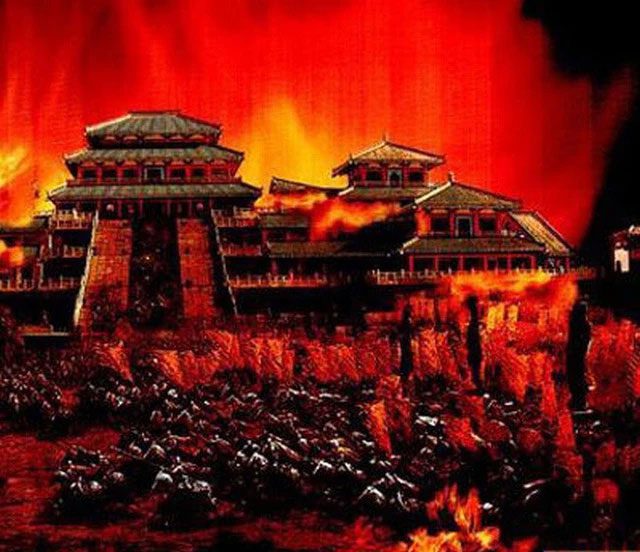The Forbidden City is an ancient palace system, the residence and workplace of the royal families of the feudal dynasties in China.
The royal gardens have long been a bustling place; The Aifang Palace spans an area of up to 60,000 square meters, while The Weiyang Palace covers approximately 4.8 square kilometers, showcasing the prosperity of the royal families during feudal times.
Historically, the capital of a dynasty was the most prosperous area, including Luoyang and Chang’an of the Han and Tang Dynasties, Bianliang of the Song Dynasty, and the northern and southern capitals of the Ming Dynasty. In ancient times, the royal palace could be considered the center of power of a nation. However, there was a peculiar regulation within the palace: the prohibition of lighting fires.
Why was this the case?
The ancient palace buildings were primarily constructed of wood, which is highly flammable, meaning that once a fire broke out, it could easily spiral out of control.
Almost the entire palace was built with wooden architecture, with areas concentrated and interconnected. Thus, in the event of a fire, the flames could easily spread, potentially consuming the entire palace.

Why weren’t stone buildings used in ancient times?
In ancient culture, wood is considered yang and stone is considered yin, hence wooden houses are built for the living, while stone houses are built for the dead, as seen in the stone tombs of China.
Due to the necessity of wooden construction, fire prevention measures had to be implemented. The ancient palaces had very standardized fire prevention protocols, which included strict prohibitions on using fire and compliance with specific seasonal regulations: “In winter, ice should be cut; in summer, water should be pumped; in spring, weeds should be pulled; and in autumn, leaves should be cleared.”
In both winter and summer, water should be well-stored, with large water tanks holding up to 3,000 liters in the palace, solely for fire-fighting purposes in case of a fire. To prevent fires caused by dry vegetation and spontaneous combustion, special staff were assigned to clear overgrown plants and water them timely.
This is the taboo behind the fire prohibition in the palace, and those unaware of the reason might break out in a cold sweat upon hearing it.
Even with such stringent precautions, the palace was not without records of fires. For example, the residence of Empress Fang, the wife of Emperor Ming Shizong during the Ming Dynasty, caught fire, ultimately leading to her death in the blaze. Many believe that the fire was actually caused by human actions due to jealousy and power struggles within the harem.
Throughout many dynasties, fires did not occur frequently, and there was never a case of the entire palace being engulfed in flames. From this perspective, the fire prevention measures of ancient times were quite effective.





















































